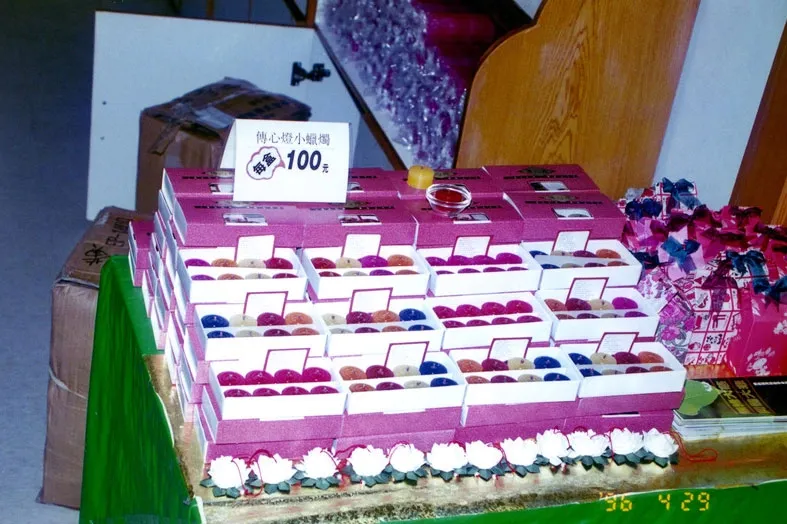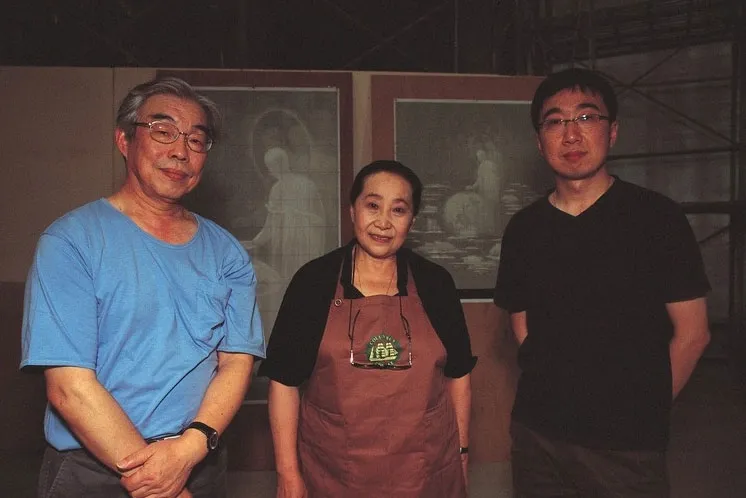
Building a Foundation of Compassion in Taiwan: Sixty Years of Growth
For six decades, the journey of Tzu Chi in Taiwan has been shaped by the aspirations and efforts of countless individuals, each contributing their unique strengths to a shared vision. From humble beginnings and limited resources, the organization’s growth has been a testament to the power of collective goodwill and the enduring spirit of self-reliance.
Starting with Scarce Resources
When Master Cheng Yen announced plans to build a hospital in Hualien in 1979, the reality was daunting. At the time, Tzu Chi had just over a hundred commissioners, and the initial budget of the project was 80 million TWD (approx. 2.2 million USD). However, as the project was gradually implemented, the actual funding increased to 800 million (22 million USD). Most donations were small, often just five or ten Taiwan dollars, and both manpower and land were in short supply.
Yet, the era also brought opportunities. Following the 1973 oil crisis, Taiwan’s government launched major infrastructure projects that spurred economic growth and transformed society. During this period, the monastics at Jing Si Abode engaged in more than twenty types of manual work, from making coral necklaces to assembling electronic circuits and even producing high-frequency heat-sealed baby diapers. These efforts reflected a spirit of perseverance and adaptability.

A Community Driven by Determination
Despite skepticism from some quarters, the determination to build the hospital never wavered. Many of the early volunteers were homemakers who mobilized their families and friends, each contributing according to their abilities—planning, designing, or fundraising. Over time, these efforts coalesced into a dedicated team that not only organized charity sales but also laid the groundwork for Tzu Chi’s future development.
Master Cheng Yen remained optimistic, once remarking that even if three PhDs could not build the hospital, three determined housewives could. This belief in the power of ordinary people galvanized the community, and as the fundraising group evolved, it became a driving force for the organization’s broader mission.
Self-Reliance at Jing Si Abode
Among the early contributors, Brother Chun-Hsiang Chang (張鈞翔) played a pivotal role. An artist and small business owner, he provided a candle-making machine to Jing Si Abode, allowing the community to produce high-quality candles for distribution and sale. This innovation brought much-needed stability to the Abode’s finances.

The origins of Jing Si Multi-Grain Powder also trace back to the resourcefulness of Sister Jing Lu (靜慮師姊) and her husband, who developed a nourishing formula and suggested a pricing model to support the Abode. However, Master Cheng Yen insisted on self-reliance, asking for the recipe so the community could produce the cereal themselves. Initially, the cereal was shared as a gift, and only in 1985 did it become available for wider distribution.

Blending Tradition and Modernity
By 1986, when Hualien Tzu Chi Hospital opened, the number of commissioners had grown to over 900. The 30th anniversary in 1996 marked a significant milestone, with volunteers from 17 countries returning to Taiwan to celebrate. That year, the mural of the Buddha purifying the globe made its debut, symbolizing a blend of classical and modern Buddhist art. The mural’s creation involved many contributors, including artist Hui Tang (唐暉) and his parents, who spent years refining the design to reflect both tradition and contemporary spirit.


LEFT: In 1996, the 30th anniversary celebration witnessed the debut of the Buddha purifying the globe mural, a breakthrough in Tzu Chi’s history. | Photo: Tzu Chi Foundation. RIGHT: In 2004, Chinese artist Hui Tang (唐暉)(right), with his parents Hsiao-He Tang (唐小禾)(left) and Li Cheng (程犁)(center), completed the mural at Banqiao Jing Si Hall, a rare example of relief fresco painting. | Photo: Yan-Huang Lin (林炎煌)
Adapting to a Changing Society
As Tzu Chi’s influence expanded, more young professionals joined, bringing their expertise to the organization’s operations. Over sixty years, Tzu Chi has grown from a local Buddhist charity into a global non-profit, now present in 136 countries and regions. This growth has brought new challenges, including the need for greater organizational transparency and the task of engaging younger generations as Taiwan’s society ages.
Tzu Chi’s continued progress is rooted in the ability to seize opportunities, adapt to changing times, and unite people around a common vision. The organization’s four missions and eight Dharma footprints are now well established, with nearly 100,000 certified commissioners and Faith Corps members, and a workforce of over 10,000.
The foundation laid by Master Cheng Yen provides a strong base, but ongoing development depends on the willingness of current and future generations to refine and improve the organization. Just as a tree must be pruned to grow strong, so too must Tzu Chi continually adapt to meet new challenges.
Sharing by Master De Jing (釋德淨). Compiled by Li-Hua Ho (何麗華), Chiu-Yen Chen (陳秋燕), Shu-Huai Lin (林淑懷), Editorial Team
Source: 舊法用心知~行願一甲子 草創到奠基的成長


